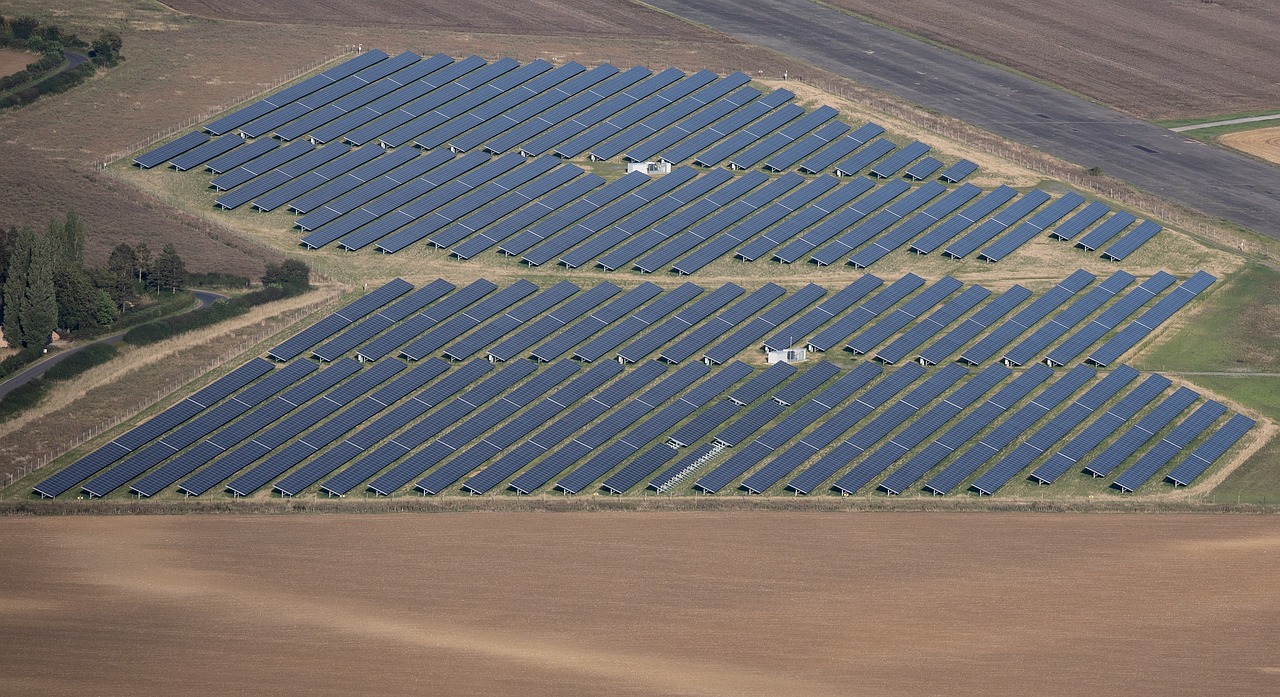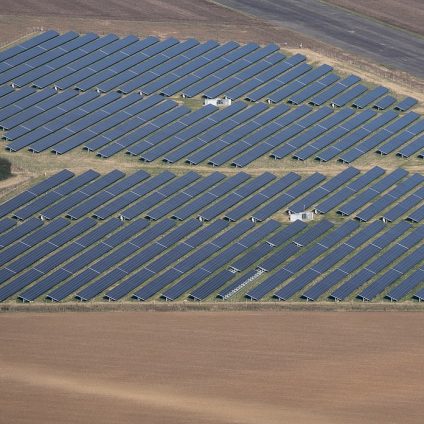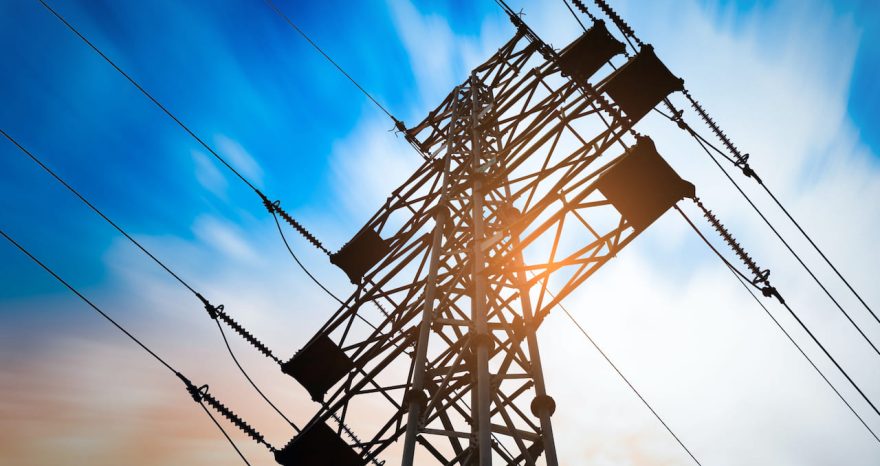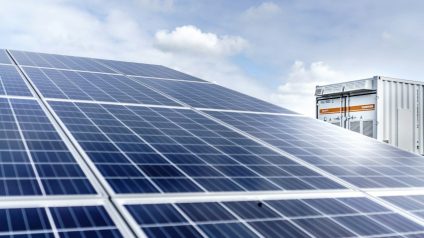$22 trillion in investments, with 10,500 to 11,800 GW from wind and solar, half of which from distributed systems. Report by the Energy Research Institute of the Chinese Academy of Macroeconomic Research, a think tank linked to the National Development and Reform Commission (NDRC)

China’s energy transition needs 10,000 GW of renewables by 2060
To achieve its climate goals, China must install 10,000 gigawatts (GW) of renewable energy by 2060—the target year for reaching carbon neutrality. This represents a massive expansion, considering that the country’s current installed renewable capacity, including wind and solar, stands at 1,408 GW. Meeting this target will require over $22 trillion in investments over the next 30 years.
These projections come from the China Energy Transformation Outlook 2024 (CETO24), a report by the Energy Research Institute of the Chinese Academy of Macroeconomic Research, a think tank associated with the National Development and Reform Commission (NDRC).
Two scenarios for China’s energy transition
The report outlines two possible pathways to achieve China’s climate goals. Both scenarios indicate that the country could reach net-zero emissions before 2060.
Baseline Carbon-Neutral Scenario (BCNS)
The first scenario assumes a challenging geopolitical landscape that limits international cooperation on climate policy. Under these conditions, climate action is no longer a global priority, yet China continues to pursue its national targets independently.
In this scenario, China would reach peak carbon emissions before 2030 and carbon neutrality before 2060. Primary energy consumption would peak before 2035 and then gradually decline, despite the country’s economic growth, which is projected to be 3.3 to 3.6 times higher in 2060 than in 2020.
Ideal Carbon-Neutral Scenario (ICNS)
The second, more optimistic scenario assumes continued international climate cooperation despite geopolitical tensions. It envisions key global players maintaining their commitment to climate action, even amid occasional political or economic conflicts.
In this scenario, emissions would still peak before 2030, and China would reach carbon neutrality before 2060, with primary energy consumption peaking before 2035.
Electrification at the core of China’s energy transition
The report underscores the need to replace fossil fuels with clean electricity across all end-use sectors. In 2023, China’s electrification rate stood at approximately 28%. The study projects that electricity will account for 79-84% of total final energy consumption by 2060.
The transportation sector is expected to see the fastest electrification growth, while the building sector will reach the highest overall electrification rate. However, some fossil-based fuels will still be required for certain industries, such as freight transport and aviation, in 2060.
Both scenarios suggest that China’s final energy demand will peak before 2035 and decline by approximately 30% by 2060.
A power system dominated by wind and solar
To meet its energy transition goals, China must dramatically scale up its renewable capacity.
As of 2023, non-fossil energy sources accounted for 53.9% of China’s total power capacity. The report estimates that the country’s total installed generation capacity will reach between 10,530 GW and 11,820 GW by 2060—four times the 2023 level. Of this, about 5,000 GW will come from distributed wind and solar power.
By 2060, renewables—including wind and solar—are expected to account for approximately 96% of total installed capacity.
Additionally, nuclear power capacity could reach 180 GW, while pumped hydro storage may expand to 380 GW. Bioenergy with carbon capture and storage (BECCS) is projected to surpass 130 GW of installed capacity.












